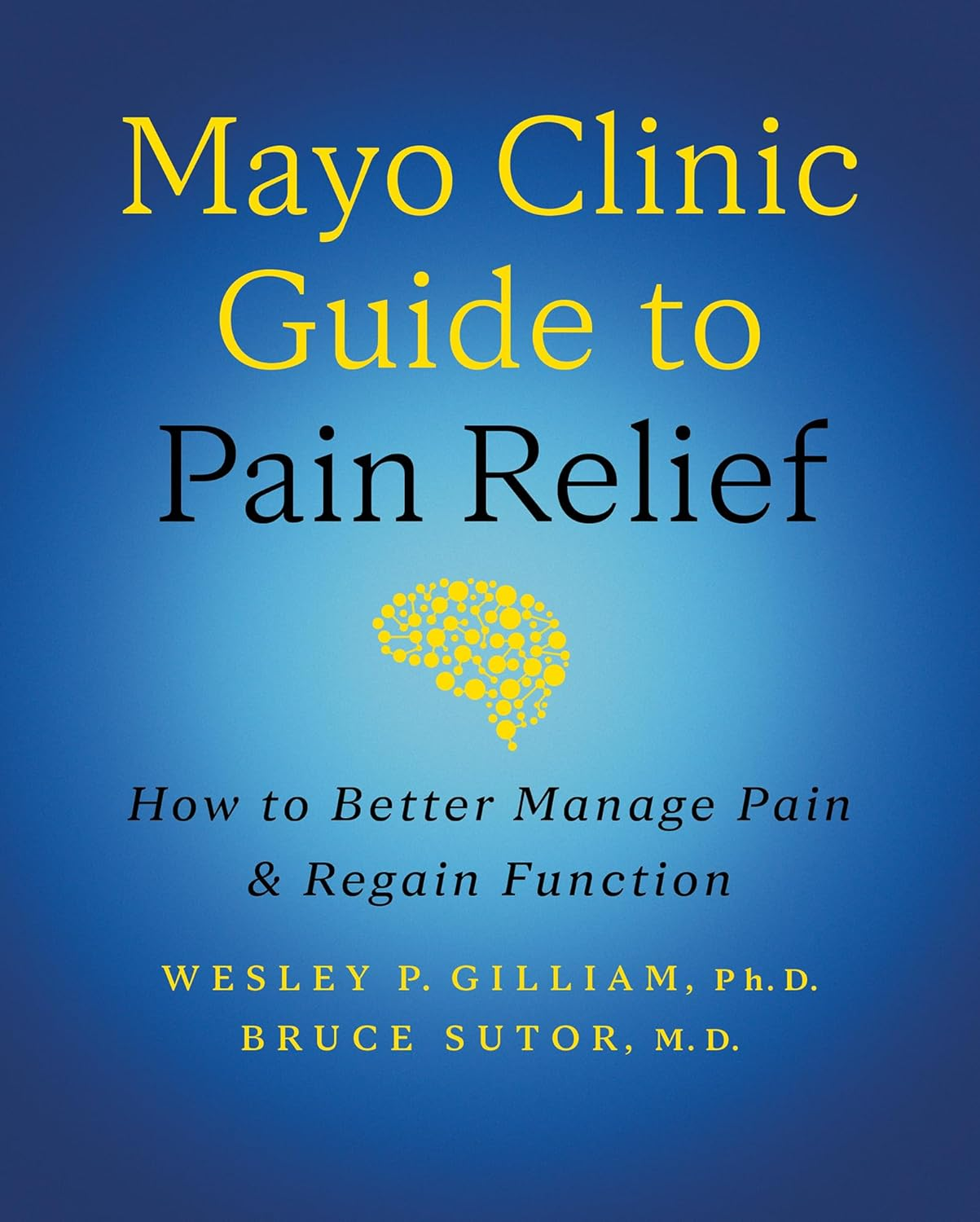Books
Mayo Clinic Guide to Pain Relief

The book is also available on Amazon
Mayo Clinic Guide to Pain Relief explains how pain develops, how it can become chronic and what you can do to free yourself from chronic pain’s effects. The book is based on the take-charge pain management program at Mayo Clinic’s Pain Rehabilitation Center that has helped thousands of people for over 40 years.
Papers
”Finding solutions for your teen’s chronic pain”
This book excerpt from the Mayo Clinic Guide to Pain Relief discusses how pain develops, how it can become chronic, and what you can do to free yourself from chronic pain’s effects. It guides parents of teens with chronic pain, including how to find a healthcare professional who can help manage your teen’s pain.
ONE SENTENCE SUMMARY:
The Mayo Clinic Guide to Pain Relief emphasizes understanding, managing, and treating chronic pain in teens effectively.
MAIN POINTS:
- Families with teens in chronic pain often face challenges in finding the cause and treatment.
- It’s crucial to have a healthcare professional who understands chronic pain and can help manage it.
- Building a long-term relationship with a trusted healthcare professional is essential for effective treatment.
- Medications can help manage pain but should not be viewed as the sole solution.
- Overuse of medications can lead to increased pain and other health issues.
- Everyday activities like exercise, healthy eating, and relaxation techniques can help alleviate chronic pain.
- Prolonged evaluation for pain can become counterproductive; focus on treatments that promote better function.
- The Pain Rehabilitation Center at Mayo Clinic focuses on improving functioning to reduce symptom severity.
- Knowing when to shift from seeking a diagnosis to focusing on rehabilitation is crucial for effective treatment.
- Approaching chronic pain with the goal of maintaining normalcy benefits teens and families.
TAKEAWAYS:
- Trust a healthcare professional experienced in managing chronic pain for effective treatment.
- Medications should be used appropriately and not solely relied upon for chronic pain management.
- Focus on activities that promote better function to reduce symptom severity in chronic pain.
- Shift from seeking a diagnosis to rehabilitation when necessary for improved outcomes.
- Prioritize maintaining normalcy and productivity to benefit teens and families dealing with chronic pain.